EIFs (Synthetic Stucco)
Most problems associated with EIFS or Synthetic Stucco result from improper installation. If moisture gets behind the surface, wall sheathing, studs, and plates can deteriorate while concealed from view. At General Inspection, we are trained in EIFS installation and inspection. We can identify problem areas before serious damage has occurred.
History
EIFS was first used in Sweden in the 1940s. It was a form of plaster that was isolated from (or separated from) the movement of the building by a layer of mineral wool. This isolation minimized cracking. Over the next several years, similar systems began to be used in other parts of Europe. In the late 1950s, a system incorporating rigid polystyrene and mesh-coated reinforcement was used in Germany. In 1969, the product was introduced into the United States with the formation of Dryvit Systems, Inc. EIFS products saw widespread use in residential frame construction in the early to mid-1980s. Modifications began to be made to the system as the product was developed and marketed for use in the United States. Many of these modifications used various materials as an exterior wall surface. The continuing process of marketing and engineering evolved into the product that we know today as EIFS or synthetic stucco.
Definitions
EIFS is a non-load-bearing exterior wall cladding designed to be attached to wall sheathing with an adhesive or mechanical fastener. Sometimes, EIFS is referred to as synthetic stucco. It is designed to provide a weather barrier and thermal insulation. There are two types of EIFS: drainable and non-drainable. The non-drainable EIFS systems typically consist of five layers: adhesive, insulation board (attached to the wall sheathing of the structure with the adhesive), a base coat into which a fiberglass reinforcing mesh is imbedded, and a finish coat of the desired color. Only drainable EIFS are approved for installation in the Georgia building code after October 1997. Although there are many similar installation requirements for both types of EIFS, non-drainable EIFS typically do not have a weather-resistive barrier behind them, and the insulating foam is applied directly to the wall sheathing. Non-drainable EIFS are not designed to accommodate water infiltration behind the exterior coating.
Substrate or sheathing is a structural component for resistance to lateral forces. It provides a surface for mounting the insulation board. Substrates used are normally 4X8 sheets of oriented strand board (OSB), plywood, or gypsum that are nailed or fastened directly to the wall studs. However, other materials have been used as a substrate, including foil-backed foam products and different variations of foam board.
The Insulation Board is typically an expanded polystyrene or polyisocyanurate foam core board faced with a specially coated glass fiber mat attached to the substrate with adhesive or mechanical fasteners.
Reinforcing Mesh and Base Coat serves as the moisture barrier. Applied directly to the surface of the insulation board, the mesh should be fully embedded in the base coat.
The Finish Coat provides color and texture to the wall surface. It is applied directly over the base coat and fiberglass mesh. In combination, the base and finish coats are called the EIFS lamina.
EIFS, usually pronounced EEFS, is the acronym for Exterior Insulating Finish System. EIFS is often described as synthetic stucco to differentiate it from cement stucco wall finishes, which have been used in Europe for hundreds of years. There are few similarities between the two wall systems other than appearance.
The Problem
The "EIFS problem" has been a source of great anxiety for prospective homebuyers, prompting confusion and uncertainty in the real estate industry and serious hardships for homeowners unprepared to deal with the costs of repairs and remediation.
Occasional TV programs and newspaper articles have created and maintained public awareness of EIFS issues. Still, complaints have also been that the programs and articles were sensationalistic, causing panic among homebuyers, particularly in the real estate industry. There may be some justification for many of the complaints; specifically, the problems with EIFS are real, can be expensive to identify and remedy and require vigilance to deal with over the long run. However, media programs and articles must adequately provide the details and updates to properly serve the situation's needs.
Much has been learned about the technical side of testing, repair, and remediation over the past three years that should be made available to the general public. There has also been such a surge of new players into EIFS testing and remediation that standards need to be clarified, driven more by market opportunities than by technical effectiveness. This information will bring some order out of the chaos. One purpose will be to suggest realistic responses to EIFS problems as alternatives to panic ("Tear it all off") and denial ("What problem").
General Inspection can recommend certified contractors to test EIFS for moisture intrusion problems.
Fees depend on the size of the area being tested.

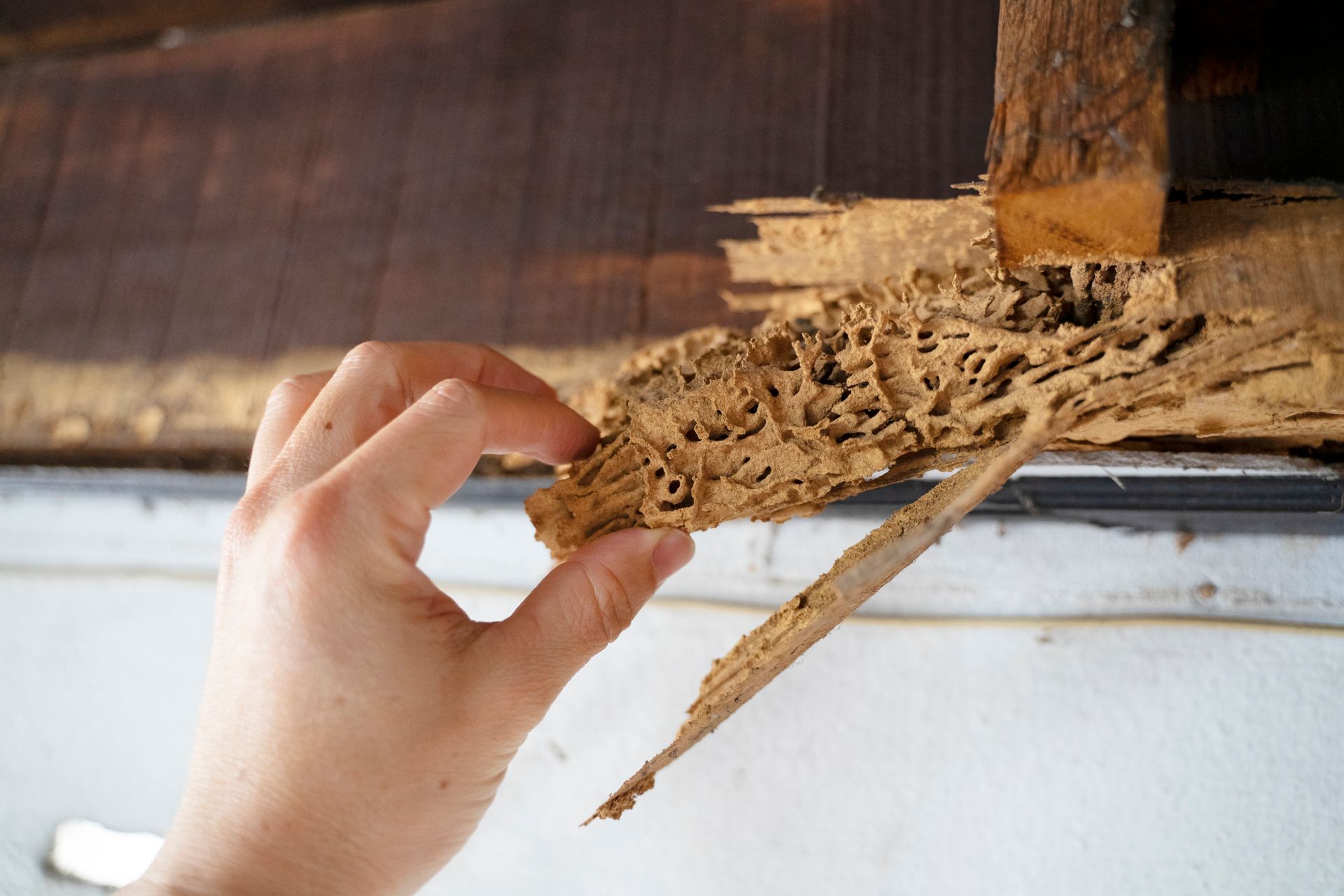

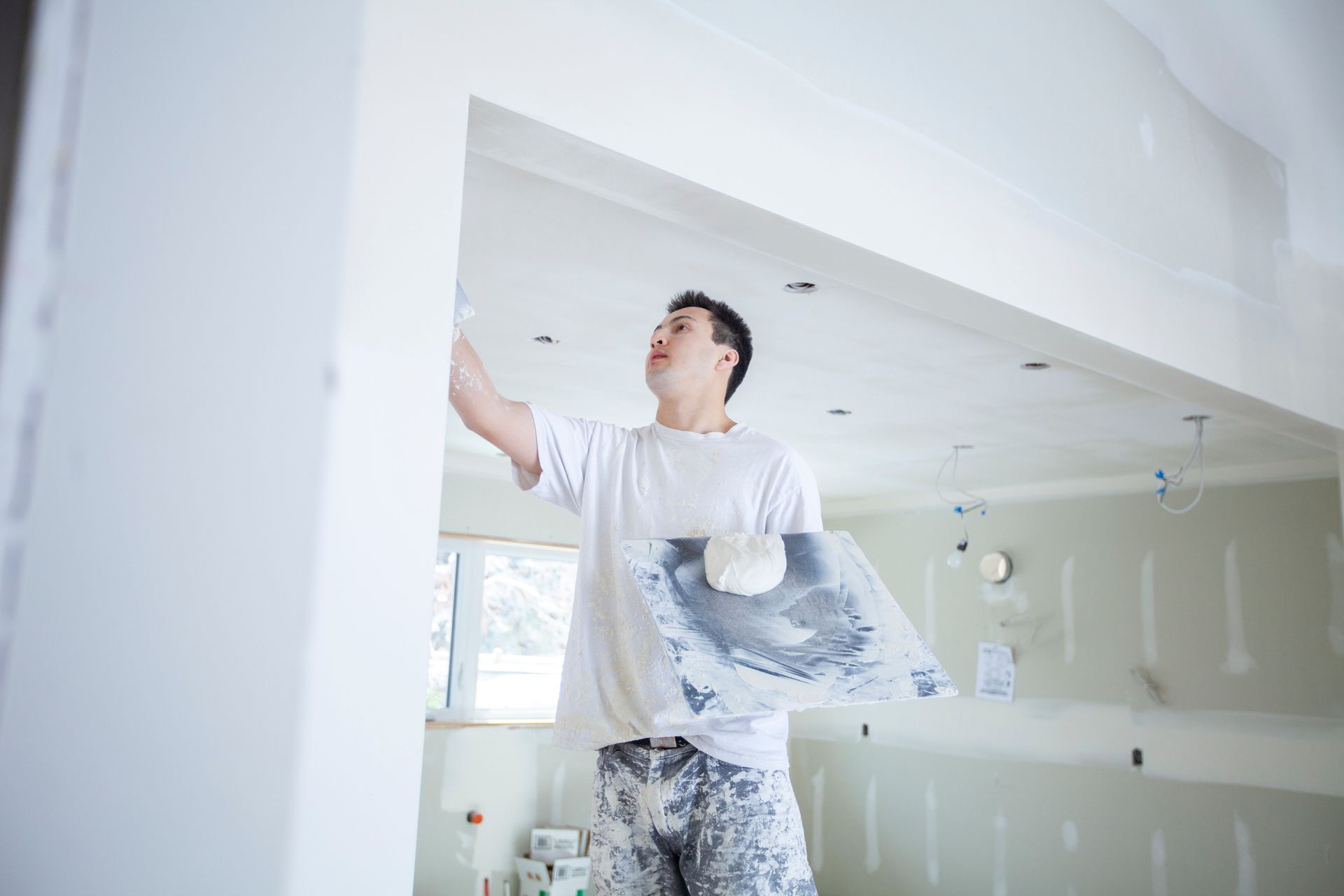
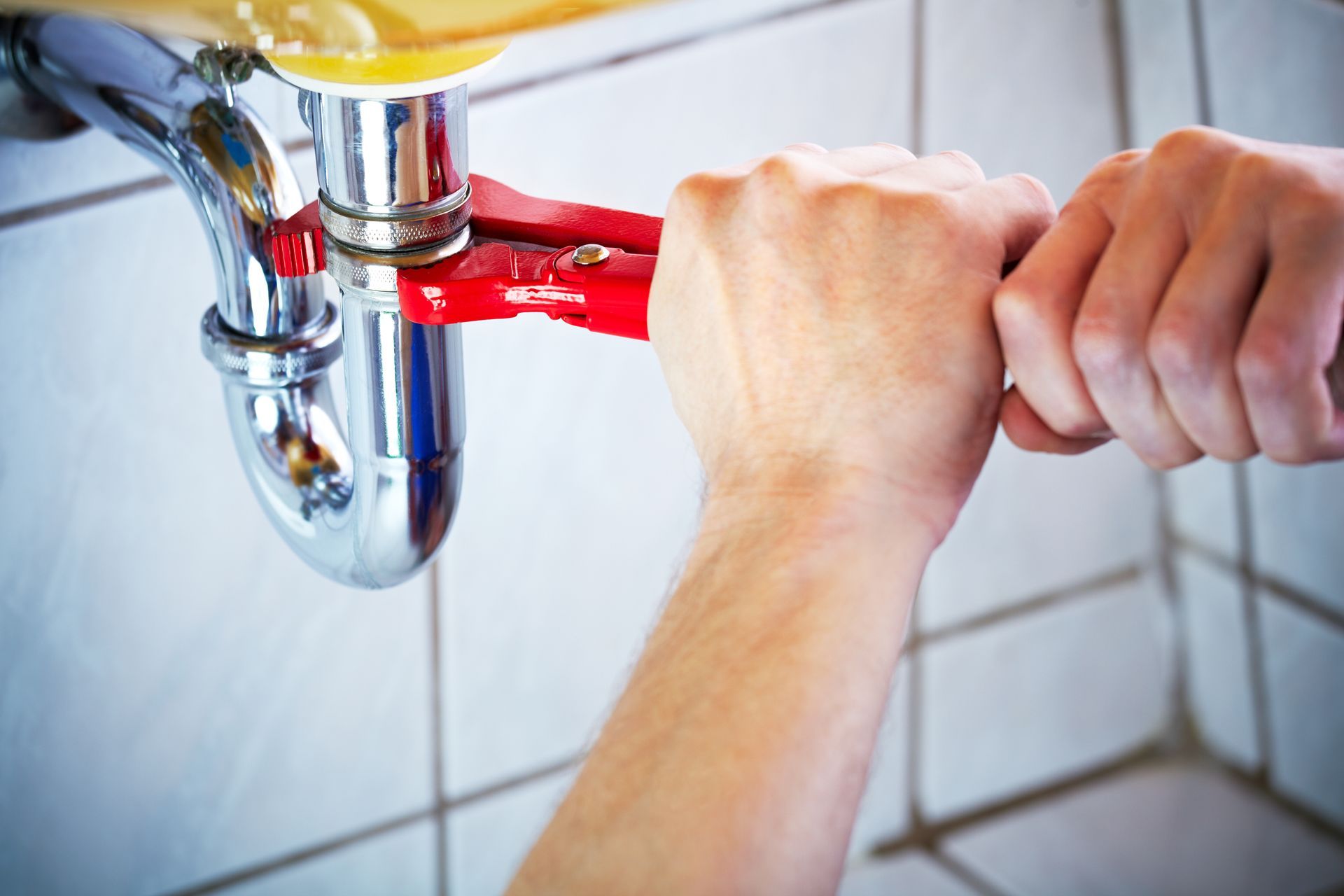
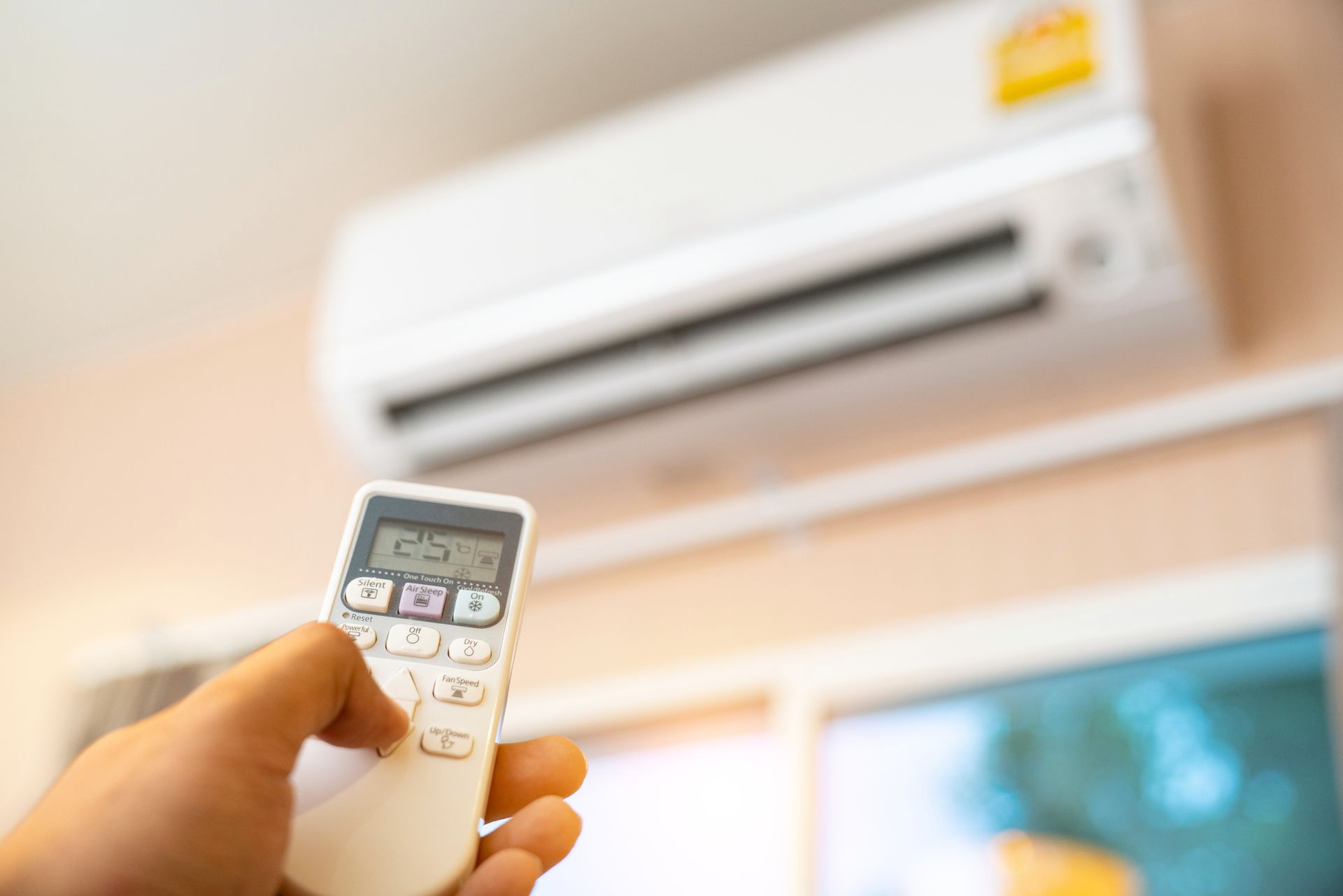


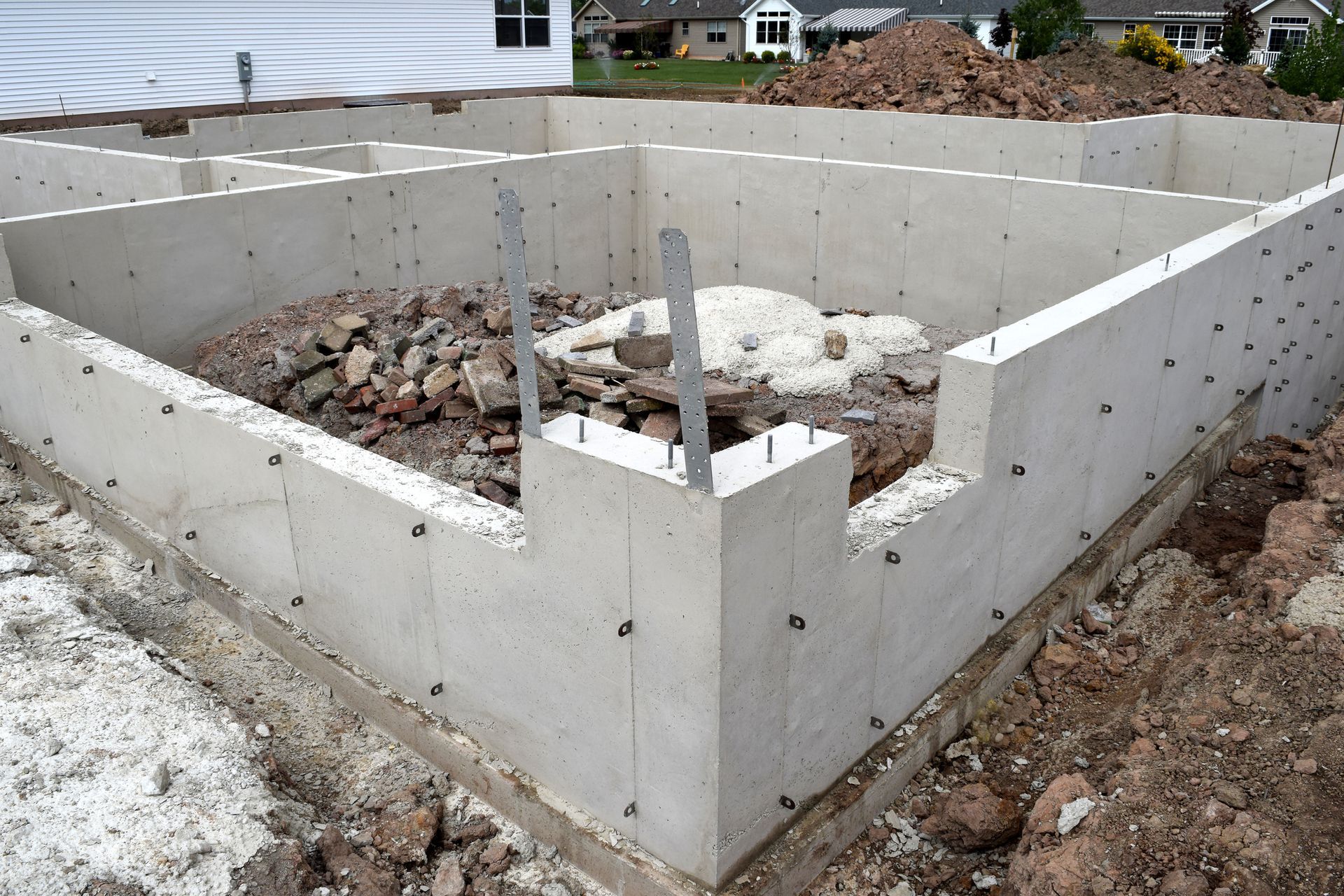
Visit Us
Baton Rouge, LA
Payment Options







More Info
LSBHI License # 10252
All Inspections and Mold Surveys Performed by Michael Armshaw Certified Master Inspector
LSBHI, InterNACHI, Baton Rouge Realtors Association
Licensed, Insured and Bonded